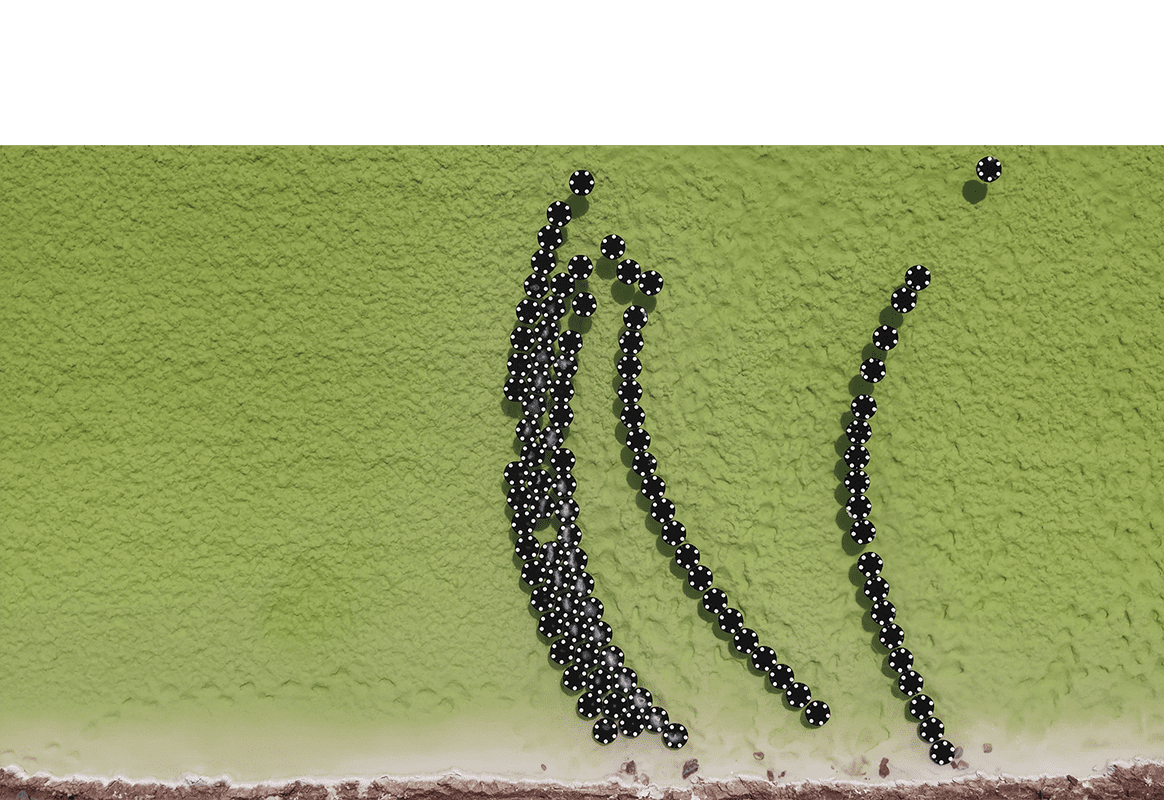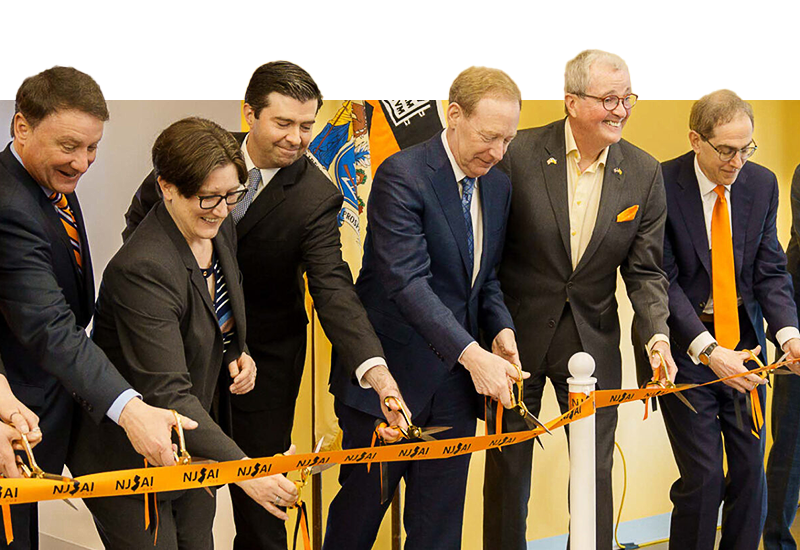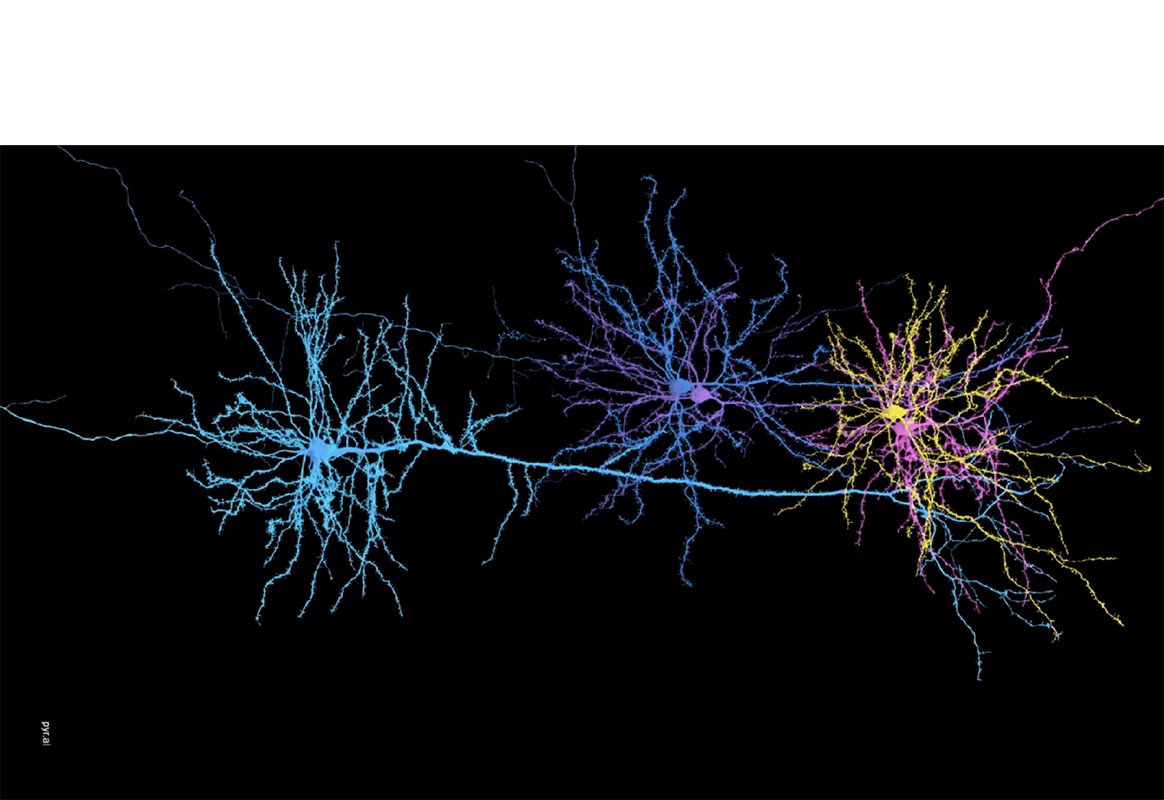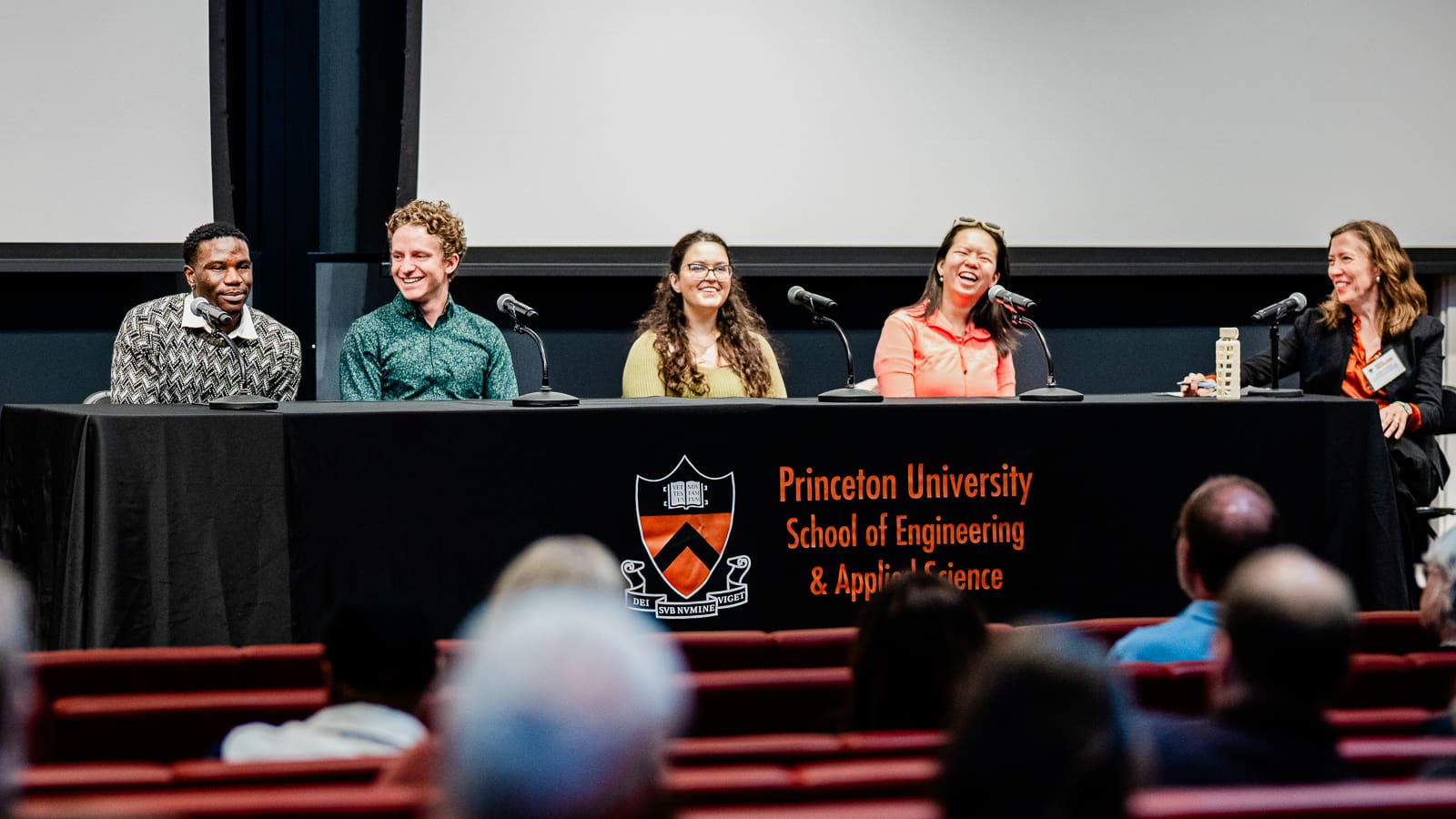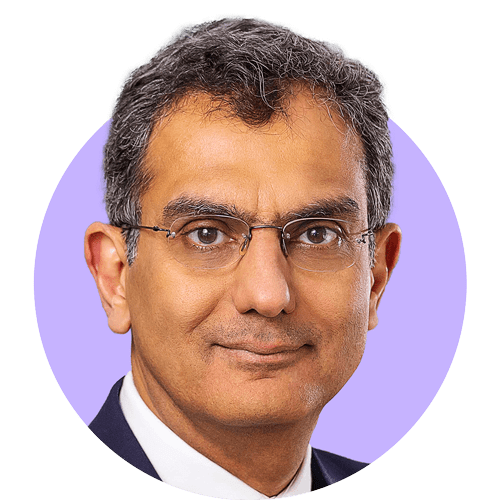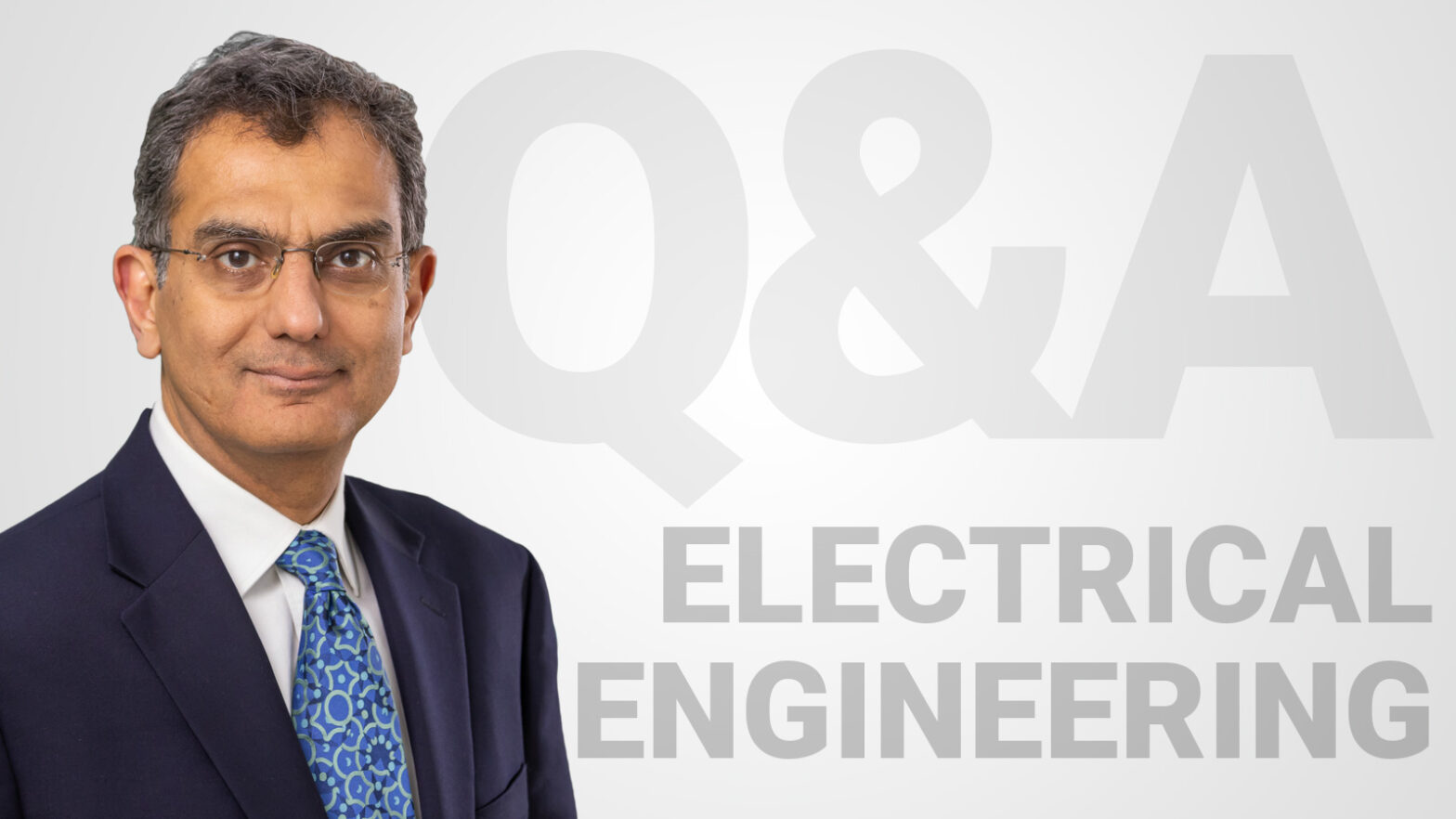
Collaboration and fundamental questions drive vision for a new era of technology
By
on
This is from the series Conversations With Chairs and Directors
Sharad Malik, the George Van Ness Lothrop Professor in Engineering and chair of the Department of Electrical Engineering, discusses research at the dawn of a new technological paradigm, and the skills that will shape the future of innovation.
This is the sixth in a monthly series of updates from chairs and center directors on news and developments in their departments.
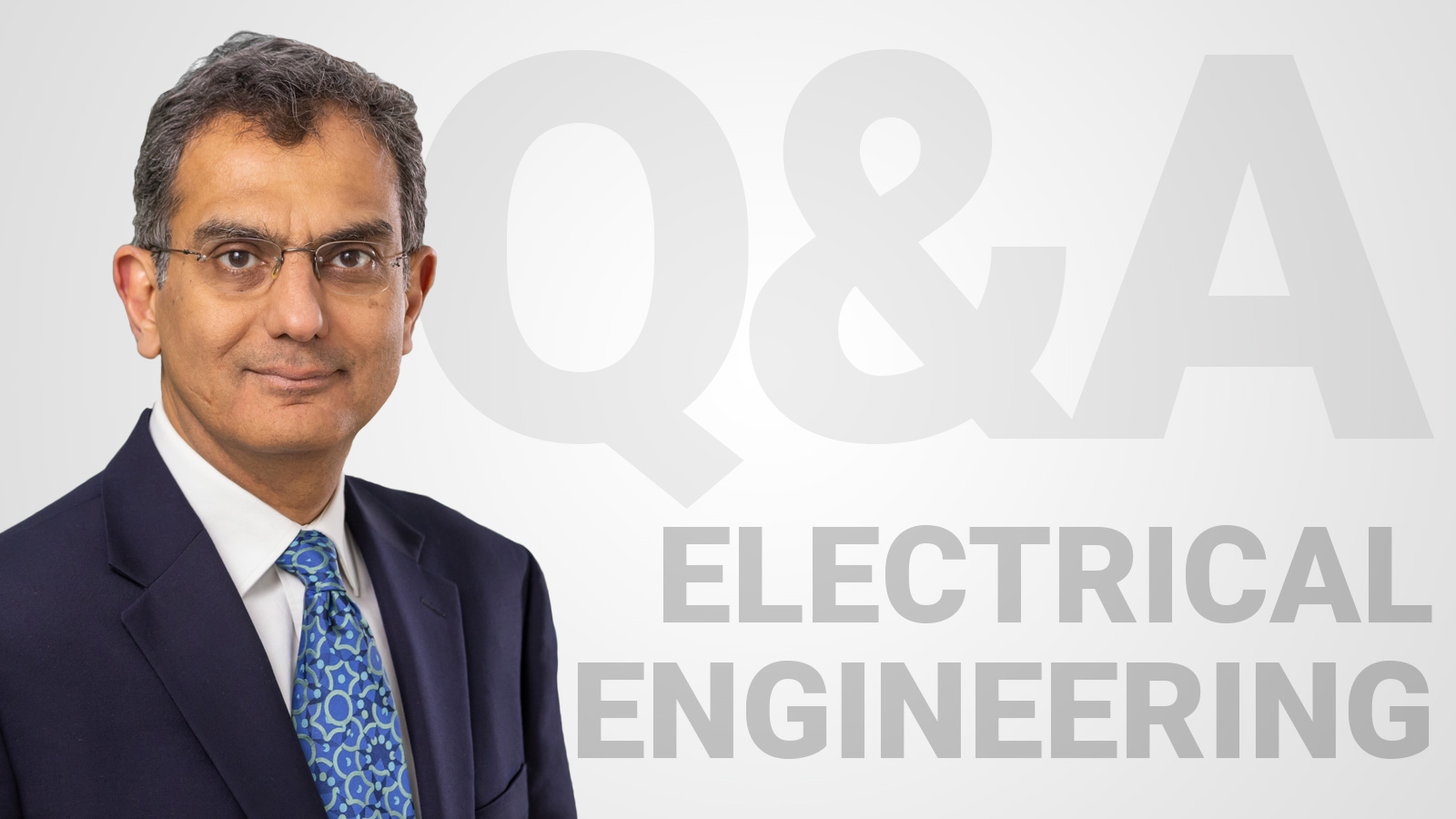
Q. What’s new in electrical engineering, and what makes Princeton distinctive?
A. In the history of technology, right now we are at a major inflection point. For about five decades, transistor technology followed Moore’s Law, which meant that with each generation we had cheaper computing that enabled whole new classes of applications. This paradigm drove computing and communications technologies, giving us the internet, our laptops, our smartphones and so on. Now, Moore’s Law is reaching its limits. We can no longer rely on increasingly cheaper transistors to lead to innovation. The entire field of electrical engineering is grappling with this post-Moore’s Law era, which leaves us all with some basic questions. What are the future drivers of technology? What is the new infrastructure that will enable them?
Princeton’s electrical engineering department in particular is investing in future technologies that will, like Moore’s Law, enable whole new classes of applications. That’s true across the entire breadth of our department. But I’ll highlight two examples.
First, we have a big investment in quantum computing. Here we are looking at the fundamental science that will enable this technology for practical applications. In quantum computing you need a large number of qubits and you need to keep them around for a long time. How do you achieve both? Finding an answer to that question will enable us to do really interesting things.
Second, we have a big investment, broadly, in intelligent sensing systems. That starts with the development of novel sensors, which leads to the processing of these sensor inputs for novel applications, which in turn creates the need for building efficient and secure computing infrastructures to handle this kind of processing. It also includes the basic math foundations underlying all of that. It’s a wide range of applications that affects all areas of robotics and cyberphysical systems.
Q. Since electrical engineering reaches into so many parts of modern life, how does this department approach collaboration? What recent examples would you cite?
A. Collaboration is at the heart of what we do. I could answer that question in many different ways. Are we talking about within the department? Within the university? Or are we talking about industry partnerships? The truth is, our faculty are engaged in collaborations at all of these levels.
Again, just as one example, we have a partnership with the Department of Physics around quantum computing, which enables us to engage more vigorously in a national conversation and participate in initiatives of a very large scale. We also work closely with the computer science department on computing infrastructure and with the Center for Information Technology Policy on issues of security and privacy. One of our faculty members leads the Center for Statistics and Machine Learning, which brings in faculty from something like a dozen departments to explore the deep questions of modern data science. Two of our faculty members are jointly appointed at the Andlinger Center for Energy and the Environment, working at the intersection of circuits, devices and energy. And we look forward to our faculty playing an integral role in the emerging bioengineering institute as that comes online.
Q. Are there any new developments in undergraduate courses? What can students expect to take away from an electrical engineering education?
A. An important, relatively recent change in our curriculum was making the senior thesis a requirement. We believe the senior thesis is indeed the “quintessential Princeton experience.” It also highlights our faculty’s commitment to work closely with undergraduate students on a deep study of mutual interest. And there is payoff on both sides. Our seniors do outstanding research that benefits our faculty research programs.
At the junior level, we have initiated courses that relate directly to growing fields of research. For example, we have one course on circuits and another on information processing that both relate to the aforementioned area of intelligent sensing systems. And we have a new course on quantum computing.
Another exciting development is the redevelopment of the foundational courses required for all engineering students. Our faculty has taken a lead role in this. We believe this will enable students to see, at an earlier phase, how a mastery of fundamental math and physics relates to the development of the practical applications that drive engineering.
Finally, to answer the second part of the question, about expectations, electrical engineers find world-changing applications arising from the manipulation of electrons, photons and electromagnetic radiation. It’s a simple idea, but it has been the case for almost everything any electrical engineering department has ever done. What it takes to make these applications real is, of course, a solid foundation in the math and physics, but also an element of creativity in how to turn that knowledge into practical innovation. Building lasers, building communications systems, building computing systems. That’s what EE does. And that’s what we train our students to do. Not surprisingly, our students find careers in computing, in robotics, in energy systems, in biomedical devices, in information security and beyond – in finance, for example. The skills apply quite broadly, and our students are highly sought after.
